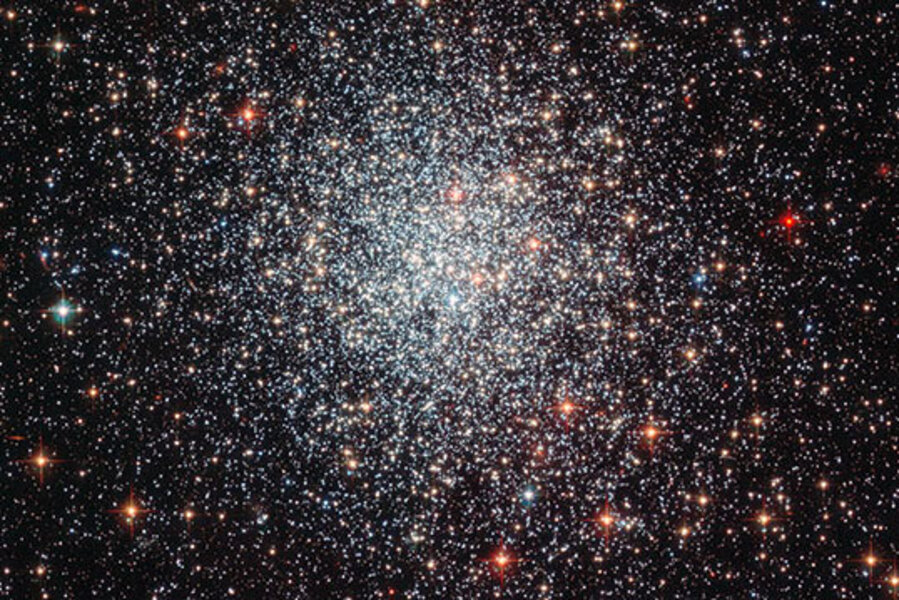Newborn stars adopt gas from their parent galaxies, astronomers say
Loading...
In outer space, it really does take a village to raise the next generation.
That's according to new research, published Thursday in Science, that claims new stars can be born from a combination of massive, ancient star clusters with the help of gas from host galaxies. The study's authors say taking adjacent gas for star formation is a new concept that provides a more nuanced understanding of how galaxies take shape and evolve.
"Globular star clusters have turned out to be much more complex than we previously thought them to be," said Richard de Grijs of Peking University, one of the study's authors, in an interview with the Australian Broadcasting Corporation (ABC).
Globular clusters are spheres made up of millions of stars, packed tightly together by gravity, that orbit the outer edges of galaxies. They are characterized by their age: such clusters can date back 11 billion years, making them some of the oldest known structures in the universe. For a long time, scientists believed new stars in a cluster were born in a single baby boom, using material from within an aging cluster, and that multiple generations of stars in a single cluster would not occur.
About a decade ago, astronomers found that older globular clusters (on the order of 10 billion years old) were host to younger stars, according to Space.com, but they did not know why or how.
This “study suggests the gaseous fuel for these new stellar populations has an origin that is external to the cluster, rather than internal,” which allows stars of different ages to inhabit the same cluster, co-author Chengyuan Li, an astronomer at Peking University explained in a press release.
"Traditionally, scientists did not expect that a young star cluster can form additional stars after its initial formation," Dr. Li said. "Our finding indicates that the evolution of a star cluster is much more complicated than what we thought — there must be frequent interactions between star clusters and their environment."
By looking at archival data of three globular star clusters collected by the hard-working Hubble Space Telescope, the authors found each cluster contained populations of stars that are a few hundred million years younger than the primary stellar population, suggesting separate "bursts" of star formation had taken place.
They concluded that the three clusters pulled in more star-forming gases from their surrounding host galaxy's gaseous disks from the time the cluster first formed to more recent star births.
"This work suggests star clusters can form new stars by adopting gas from their surroundings and that's quite a novel idea," Dr. de Grijs told ABC.






